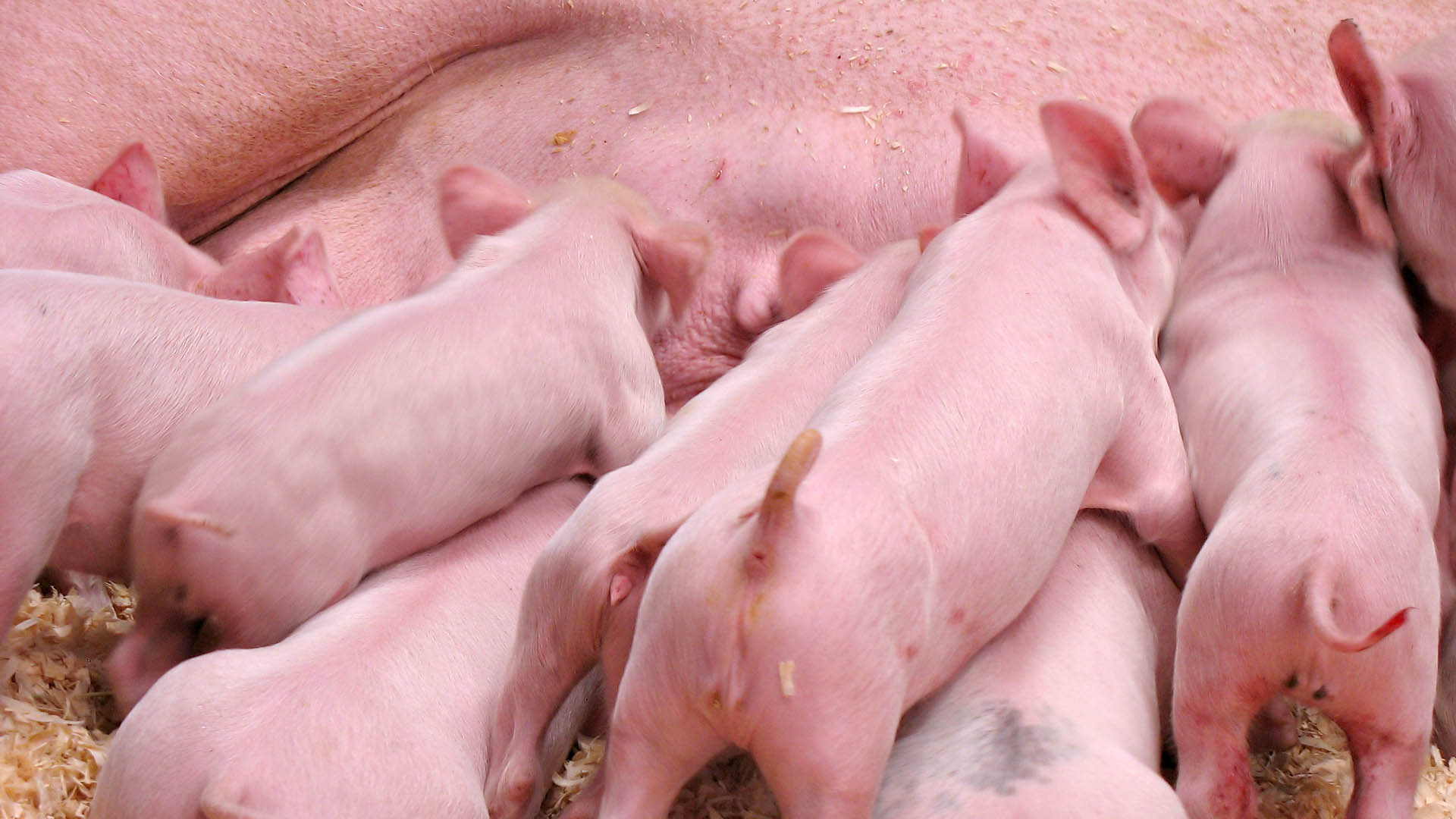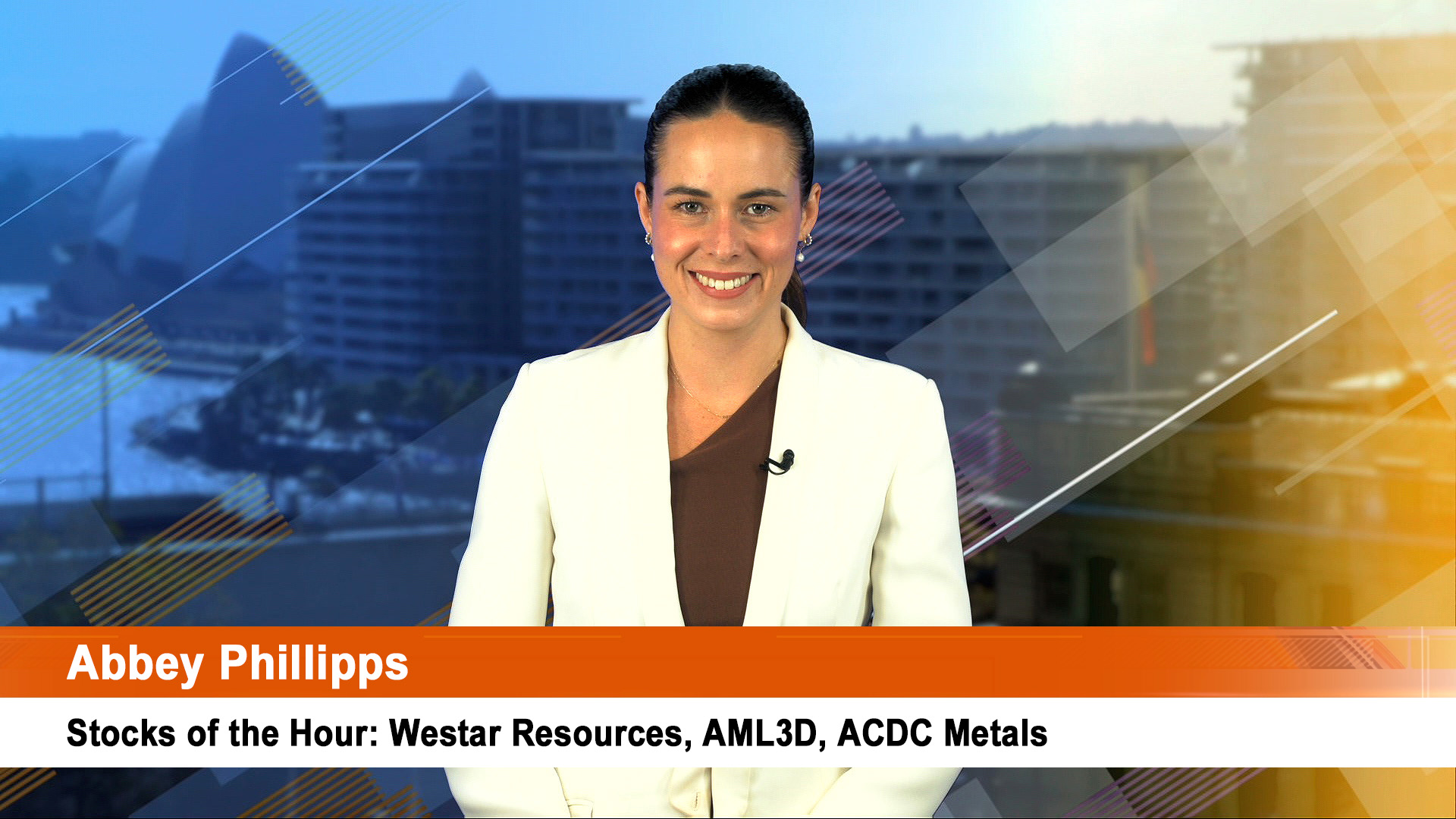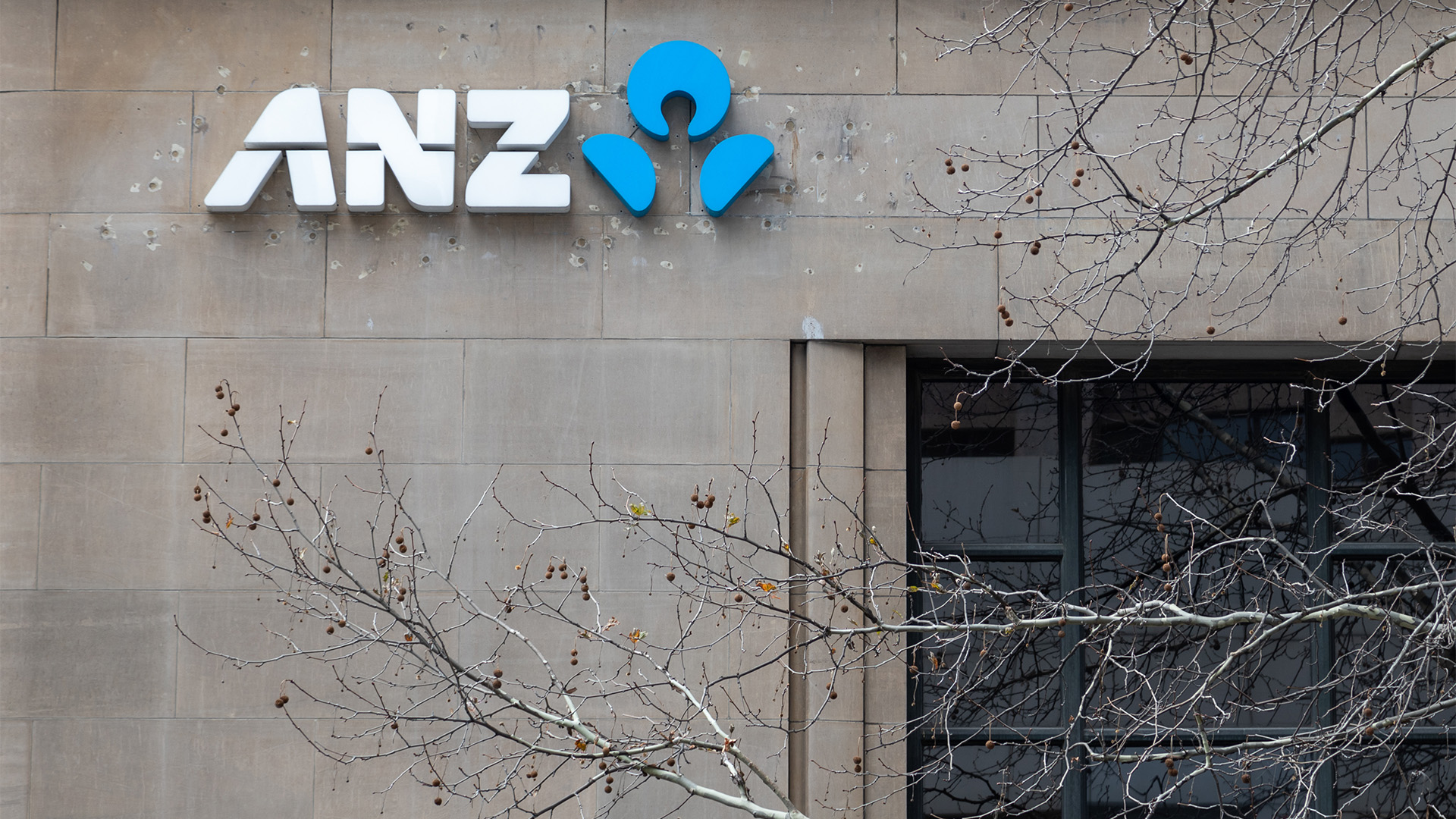
An ordinary shareholder in the National Australia Bank would be entitled to ask whether the management and board actually knew what was happening in the bank after yesterday’s news of a surprise $2.75 billion capital raising and surprisingly large rise in bad and doubtful debts.
Equally worrying will be the news that the bank doesn’t expect to have the final 2009 dividend underwritten. Is that a subtle hint that the bank plans to cut payment to shareholders?
The lack of any assurance on the size of the final dividend in yesterday’s trading statement is of concern for shareholders.
That’s just one of a number of concerns, starting with the announcement itself.
After all, the bank raised $3 billion at the end of 2008, and left an impression, that would be enough to get it through the present downturn, and last month revealed a successful bid for the Australian operations of insurer and fund manager Aviva, at a cost of just over $900 million.
In interviews and comments afterwards, CEO, Cameron Clyne spoke about funding problems in that the cost of harvesting deposits was rising, and this was putting pressure on lending rates and margins.
He also mentioned that times were tough in the economy, but no mention of the need for more cash, and quickly.
So yesterday’s announcement came as a surprise, especially the size of the raising.
NAB says the fully underwritten institutional placement of shares is to raise $2 billion "to maintain balance sheet strength and flexibility". It will also offer a non-underwritten share purchase plan capped at $750 million.
The institutional placement has been underwritten at a minimum price of $21.20 per share, with the final price to be determined by a bookbuild.
Shares in NAB closed on Tuesday at $23.58 and the major placement is expected to have been completed overnight.
The NAB does have some $4.5 billion of non-performing assets such as financial derivatives which it has been talking to the banking regulator, APRA about (See below).
NAB said in a third quarter trading update on Wednesday that its cash earnings were about $900 million in the quarter to June 30, "reflecting continued solid performance under difficult economic conditions".
The group charge for bad and doubtful debts was $1.064 million for the quarter.
• National Australia Bank’s June quarter unaudited cash earnings were approximately $0.9 billion – reflecting continued solid performance under difficult economic conditions.
• Group revenue was slightly lower than the first half run rate. Australia Banking and Global Markets Division continued to be areas of particular strength.
• The Group remains on track to deliver cost growth at around inflation for the full year.
• As expected, asset quality has continued to weaken across all businesses reflecting the economic cycle. Group 90+ days past due and gross impaired assets to gross loans and acceptances (GLAs) was 177bps at 30 June 2009 (138bps at 31 March 20092).
• The Group charge for bad and doubtful debts (B&DDs) was $1,064 million for the quarter. The specific provision B&DD charge was $859 million, of which approximately one third related to a small number of individual name exposures. The collective provision B&DD charge was $205 million, mainly reflecting further downgrades in customer credit quality across all businesses. Provisioning coverage ratios remained strong.
• The Group has achieved its FY09 funding target of $19bn and has started pre-funding FY10. Year-to-date, over A$30bn of term funding has been raised, including two offshore benchmark non-guaranteed issues. On 17 July 2009, Standard & Poor’s reaffirmed NAB’s long term AA credit rating.
• Customer deposit flows continue to be strong. NAB maintains a conservative liquidity position.
Furthermore, there is potential for the New Zealand and ExCaps tax cases to affect capital in the foreseeable future, should provisions be taken.
In addition to the capital raising, the Group will also continue to explore opportunities to strengthen its capital position by utilising existing Residual Tier 1 hybrid capacity, where market conditions permit. The Group does not currently intend to have the FY09 final dividend underwritten.
Bad and doubtful debts provisions: Collective Provision balances have increased by $115 million since March 2009. Specific Provision balances have increased by $450 million since March 2009, attributable to a broad range of industries across all regions.
Total provision balances (including the credit risk adjustment on assets at fair value) as at 30 June 2009 stand at $5,426 million ($4,861 million as at 31 March 2009).
The NAB said that even though the Aiva purchase hasn’t gained official approval "APRA requires a deduction to be taken as at 30 June 2009 notwithstanding that the acquisition has not been completed".
Mr Clyne said in the statement that the Australian economy appears to be showing some signs of recovery, reflecting government policy initiatives and improving global sentiment.
"Nevertheless, unemployment and credit quality trends, which tend to lag, both remain negative," he said.
NAB said its Australia Banking total business lending system volume had declined.
"Activity in the Australian mortgage market has been focused around the first home buyer segment," it said.
"Consequently, and with continued underperformance in Australia Banking’s mor













